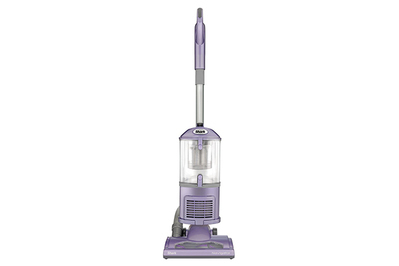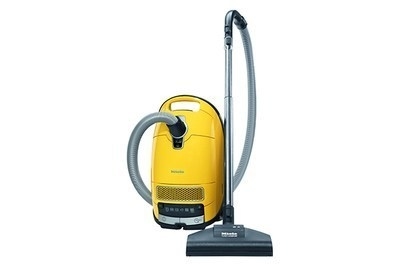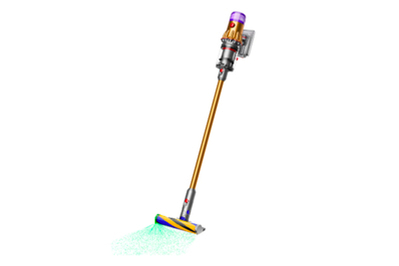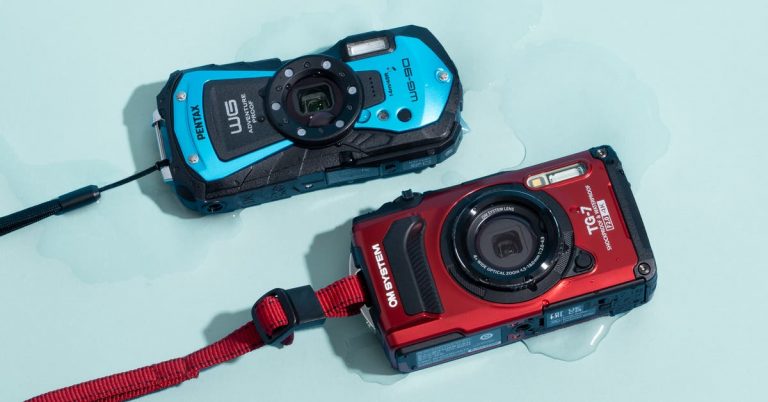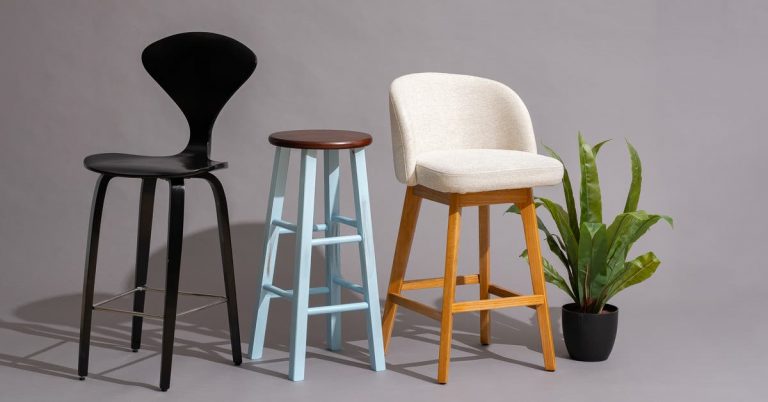I’ve Tested Over 100 Vacuums for Wirecutter. I Won’t Buy Another Cordless.
If you need a vacuum cleaner, a skinny, brightly colored cordless stick vac should be the last type you consider. I should know: I tested more than 100 vacuums for Wirecutter from 2013 through 2021 (and still dabble whenever something truly novel or ridiculous comes out).
I’m not saying it’s always a bad idea to buy a stick vacuum, just like it’s not always a bad idea to pay for an Uber when you could take the train or ride a bike. But I worry that too many people end up stretching their budgets or getting stuck with a lousy cleaner because they don’t pause to really consider their options.
Yes, vacuuming is much easier, and maybe even fun, without the burden of wrangling a 20-foot cord. But indolence has a price.
Our testing has identified solid cordless stick options, but we’ve also found that cordless vacs consistently cost two to three times as much as plug-in machines with comparable cleaning chops, and even top performers can struggle with shaggy rugs. Sticks also only last about half as long as typical uprights and canisters. And unlike a robot vac, you still have to push around a stick vacuum.
It’s been more than a decade since the Dyson DC59 kicked off the modern era of cordless vacuums, and I was there to see it in action. (When I say I was there, I mean it literally — I went to the US launch party and I have the photos to prove it.)

The Dyson DC59 was the first stick vac with the oomph to actually dredge dust and hair out of rugs with short- to medium-length fibers, which made it a credible competitor to some plug-in machines.
It cost $500 (equivalent to nearly $700 today) and ran for six minutes on its maximum suction setting, so my editors and I decided that it shouldn’t be a Wirecutter pick. (Who says that we recommend only the most expensive stuff?)
But we all actually loved the thing. When I had the DC59 on loan from Dyson, it was the only vacuum I used at home when I was off the clock. A few colleagues even splurged on the vacuum and started asking why we hadn’t made it a pick. Dyson eventually dropped the price to $300, relaunched it as the V6, and cordless mania took hold.
Stick vacs have come a long way since then. The good ones are still expensive, but cleaning power and run times have increased to the point that most people probably wouldn’t notice any practical performance downsides compared with a plug-in vacuum.
But bigger, stronger batteries and motors haven’t solved all the problems with stick vacuums. They still have two fundamental disadvantages, both related to the limitations of the batteries that power them.
First, you don’t get as much cleaning power or versatility for your money. A $300 stick vacuum still can’t pull as much hair and fine dust out of a moderately thick carpet as a $150 upright vacuum can. A $150 stick vacuum can’t pull much hair or fine dust out of that rug at all.
Even an über-powerful $700 cordless beast struggles on high-pile rugs, because there’s no way to stop its brush roller from snarling the long fibers. That said, you may run into similar challenges with some upright vacuums, like our budget pick, the Shark Navigator Lift-Away NV352.
Second, battery packs always fail and are expensive (or impossible) to replace. We’ve consistently heard from readers (and many of our own colleagues) that battery packs start to wear out, with shorter run times per charge, after two or three years of consistent use.
A Consumer Reports reader survey consistently found such a high rate of reliability problems across all cordless brands in the post-DC59 era that for several years, they didn’t recommend any stick vacuums.
Replacement packs cost anywhere from $90 to $150, depending on the model. They’re often out of stock for extended periods, and several brands don’t sell spares at all. Cheaper third-party packs are a fire risk.
As fun as cordless vacuums seem, owner reviews tell us that people who buy stick vacs aren’t happier with their purchase on average than people who choose other kinds of vacuum cleaners, like uprights and canisters that typically cost less and last longer or, in the case of robots, do the cleaning for you.
With all that said, I own a Dyson stick — the V11, an old Wirecutter upgrade pick — and I don’t regret my purchase. I also knew exactly what I was in for: The price was high, the reliability was suspect, but it was so convenient that I didn’t really care.
I was at that stage of toddler parenthood where the floors in my cozy apartment were constantly messy. Cleaning with a plug-in vacuum felt like a wrestling match, and there was too much clutter to rely on the clunky robot vacs of the time. I guess I could’ve just used a broom. But I’d grown spoiled from years of testing a steady stream of top-notch stick vacuums, so when a huge discount popped up on Black Friday, I talked myself into finally buying a cordless cleaner of my own.
My Dyson vacuum and I have had some wonderful times together, but once I moved into a house, with more space, more outlets, different rugs, tidier floors, and a child that learned to clean up after herself (mostly), my habits and needs changed and the magic wore off. I started relying more on a robot vacuum. Today’s best bots need to be replaced about as often as stick vacs do, but they’re smart and cheap now, and they can do more work with less effort than a stick vacuum can.
When I need to do a deep cleaning, I go for a bagged canister vacuum because it’s more comfortable during long cleaning sessions without the weight of a big battery pack and hinging on my wrist. It doesn’t choke on fuzzy rugs, either. It wasn’t cheap, but it has a reputation for durability, so it should work out to be a great deal in the long run.
My setup won’t work for everyone, and that’s fine — loads of great vacuums are out there, in different styles and at different prices.
Whatever you choose, choose it intentionally. If you do decide to get a cordless vacuum, at least you’ll know what you’re getting yourself into, and you’ll probably like it better that way. But I can tell you I won’t spend $500 on a cordless vacuum again.
This article was edited by Megan Beauchamp and Maxine Builder.

